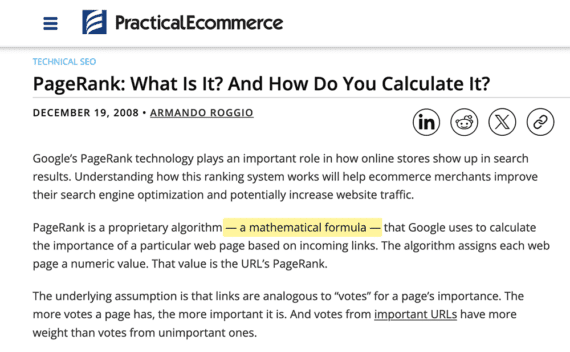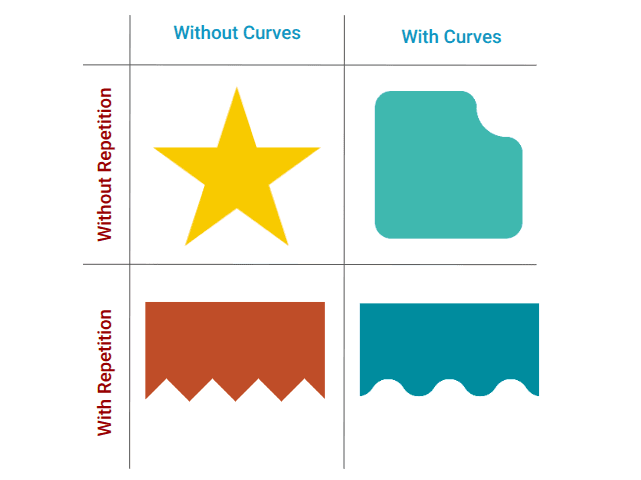
Retail’s power dynamic is shifting fast — and younger consumers are in the driver’s seat. While older shoppers pull back, Gen Z and millennials are spending through economic uncertainty, fueling growth for brands that meet them where they are: online, value-driven, and community-focused.
Legacy brands are lagging, but emerging brands built on digital-first strategies and authentic engagement are capturing the momentum. The numbers tell the story: brands targeting younger consumers saw a 17% year-over-year sales increase, while those focused on older shoppers declined by 4%.
Calla Murphy, SVP of digital strategy and integrated marketing at Belardi Wong, stated that younger consumers are more resilient. During times of economic uncertainty, they continue to spend more than their older counterparts — even on high-ticket items.
Economic uncertainty affects older consumers more, she continued. They tend to pull back on spending when they perceive economic instability and are more likely to react to fluctuations in the stock market and financial indicators.
Brands targeting younger consumers need digital proficiency and adaptability to win them over. Successful marketers are often early adopters of digital strategies. They have already created shoppable websites with a strong emphasis on customer service.
“These brands are often built around the expectations of the expert consumer,” Murphy told the E-Commerce Times. “Younger consumers are just more resilient. Even during the pandemic and other periods of economic instability, they continued spending while older consumers tended to pull back.”
She added that this pattern holds even for higher-ticket items like apparel, which averages over $250 per order.
Marketing Strategy Drives Brand Performance
Economic uncertainty plays a major role. However, Murphy believes that the success of younger-facing brands is also connected to how they market themselves.
AI-driven campaigns like Google Performance Max and Meta Advantage+ offer brands performance benefits and shopper visibility insights. Brands need to adapt to consumer behavior and market changes.
“These successful brands are often built around the expectations of the expert consumer,” she noted. “They’ve prioritized great customer service, mobile-optimized shopping experiences, and showing up where the consumer is.”
She refers to modern shoppers as “expert consumers” who expect seamless, responsive service and are savvy with digital tools. Younger-focused brands often lead in adopting strategies that match these expectations, giving them a competitive edge.
Social media is essential, but not the only digital marketing skill needed to attract younger audiences. When it comes to social media marketing, Murphy offered a nuanced take.
“TikTok plays a role, especially for beauty and lower-ticket purchases, but the core of paid digital strategy for high-ticket items is still Meta/Facebook and Instagram,” she insisted.
Younger brands tend to have a better grasp on social media, but she stressed that performance is driven more by the pace of newness and relevance of product offerings than by simply being present on social platforms.
“Consumers are responding to brands that release new styles frequently and stay ahead of trends,” she said.
Building a Balanced Digital and Print Strategy
According to Murphy, the transition from print to digital is complete for many brands. The ultimate goal, however, is balance.
“It’s not about abandoning traditional channels,” she said. “The most successful brands have robust, integrated marketing strategies that combine print and digital. It’s about purpose-driven messaging and meeting the consumer where they are.”
She added that digital platforms allow for rapid testing of value-based or emotional hooks, such as sustainability or self-expression. These two strategies make it easier to connect with different audiences in personalized ways.
To achieve that mix, marketers must create digital campaigns that combine speed and personalization. Social media and other digital platforms provide those key advantages.
“You can run A/B tests on four different value propositions in a Meta campaign and get results in three weeks,” Murphy explained. “You can’t do that with print or large-scale brand marketing. The ability to iterate quickly is one of digital’s biggest strengths.”
This rapid digital delivery allows marketers to personalize campaigns for different consumer segments, test hypotheses in real time, and pivot quickly based on what resonates.
Brands that fail to diversify their marketing strategy face a real risk of missed opportunities. Adaptability and diversification are not optional.
“If 80% of your budget is in a single channel — digital or print — that’s a risk,” Murphy said. “Algorithms change; postage rates go up. You have to be nimble.”
Relying too heavily on any single platform, especially in today’s rapidly shifting marketing environment, can leave brands unnecessarily exposed.
AI Tools Offer Scale but Can Limit Visibility
Murphy noted that artificial intelligence (AI) is already central to many digital advertising programs, particularly through Google Performance Max and Meta Advantage+. These tools allow for personalization at scale but come with trade-offs.
“You lose some visibility,” Murphy says. “You don’t get access to keyword data like you used to with Google, and Meta’s audience targeting is less transparent.”
Despite those limitations, these AI tools often deliver better performance. The challenge for marketers is finding the right balance between automation and control, she suggested.
“It’s about performance versus visibility — giving up some control in exchange for results,” she concluded.





